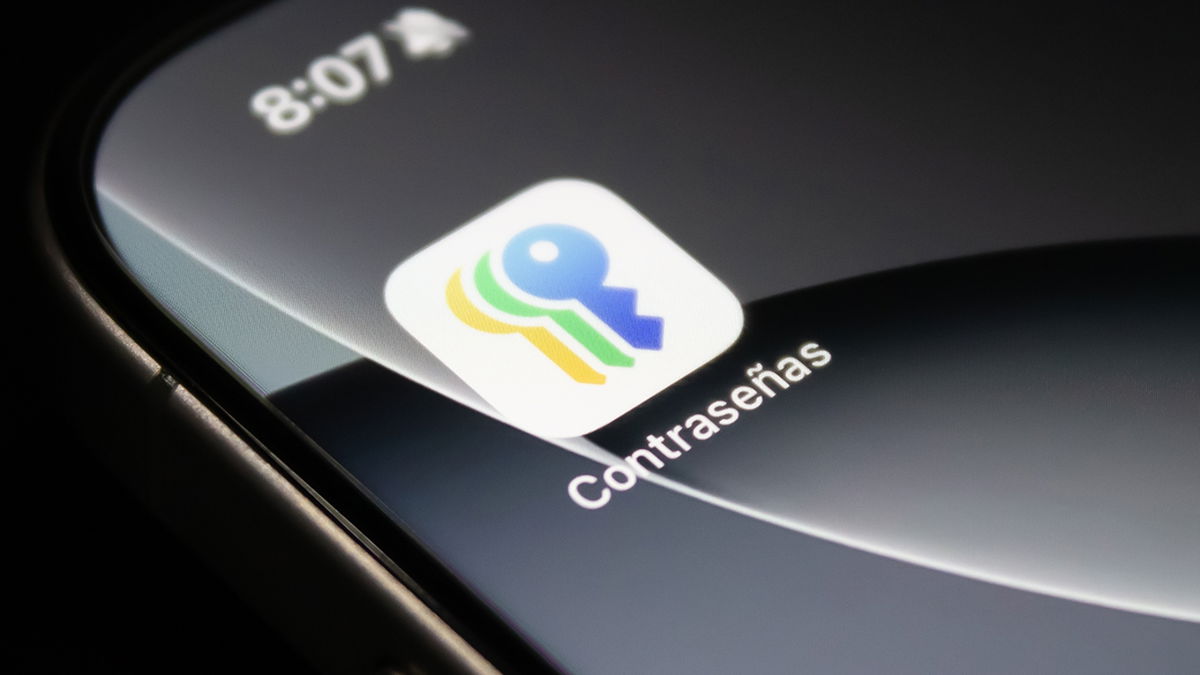If you have a Mac laptop or iMac computer with a damaged or unlocked screen, but you are sure that the system is still running, repairs are not required to extract your data or continue using the computer.
In fact, without a payment plan AppleCare + For Mac, the cost of repairing a screen in an official store is often much higher than the Mac price, unless you can get technical service with a modified or redesigned screen.
In some cases, it may be cheaper to buy a used Mac from the same vine with a working monitor. Let’s look at some valid ways to continue using your MacOS device.
Use an external monitor
All Apple iMac computers and laptops of recent years support the use of an external mirror, although the type of connection and adapter required varies depending on the age of your computer.
- Find your Mac model and the type of monitor and cable you need
- Turn off your Mac when it is running. If you cannot see the screen because it is broken, press and hold the power button until the computer turns off (at least 10 seconds).
- Connect the monitor
- Launch your Mac. If you’re lucky, the monitor is powered by a mirror so what you’ll see on your computer screen will be what you see on the new monitor.
In cases where the external monitor you already connected displays a second screenshot instead of duplicating what you can see on your computer, follow these steps:
- Try opening the display preferences panel and checking the ‘Mirror Screens‘ box on the ‘Layout‘ tab.
- With a MacBook laptop, close the cover of your computer so that the operating system can transfer the image from the main screen to the external monitor. You will need an additional keyboard and mouse.
- Try restarting your Mac then update your NVRAM or PRAM on Apple’s orders. This may cause the screen settings to change.
If something doesn’t work, you can continue to use your Mac normally or use a second screen to retrieve data stored on your computer.
Connect via ‘Screen Share’ or VNC
The macOS system allows remote access to the screen via a local network using Bonjour, but only if you previously enabled ‘Screen Sharing’ on the ‘Share’ Preferences panel. If you remember what you did, follow these steps:
- Open Mac.
- In Finder for any other Mac on the same network, see the ‘Places’ section in the sidebar of any window. Does your Mac name appear?
- If so, click Mac login. Does ‘Screen Sharing’ appear in the upper right corner of the Finder window?
- When it does appear, click on it and enter your account details in the ‘Screen Sharing’ program that launches. You should now have access to a computer with a broken screen.
Screen Sharing is enabled, if you also click on ‘Settings’ and enable a password for VNC viewers, you should also be able to use standard VNC screen sharing software on any computer network (including Mac).
Use target disk mode
If all of the above failed to detect your Mac’s image with a broken screen, disk access mode may save you data recovery.
It works in a way that allows the Mac to mount as a hard drive on some Macs. Apple has a series of commands is well described on their website, but the steps to be taken are as follows:
- Turn off your corrupted Mac computer.
- Connect it with the appropriate cable to the Mac you want to install it on.
- Start your damaged Mac while holding the ‘T’ button.
If all goes well, your Mac with a broken screen will appear as a drive mounted on the Mac you are connecting to. This way, you can retrieve certain details.
If it turns out that the problem with your computer is not so much a mirror, but because of an application error due to macOS updates, we give you a tutorial on how to repair your Mac by updating MacOS.







